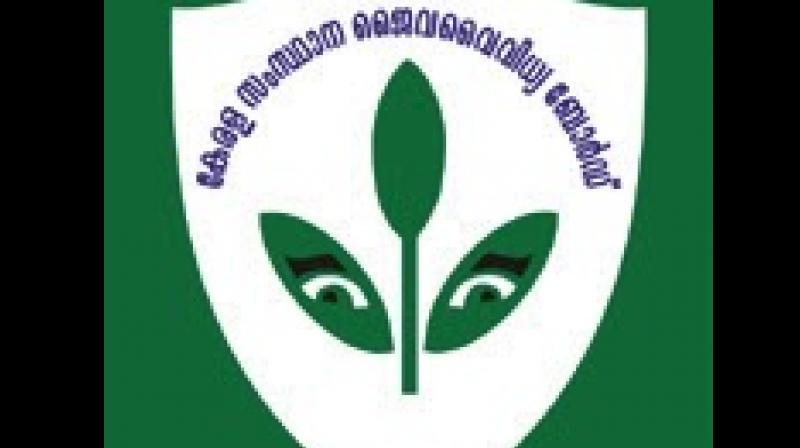Business-as-usual' will work no more

Once the rescue-and-relief phase is done, Kerala needs to seriously reckon what had gone wrong and what best is the developmental trajectory for the state. The current mishap and the lessons that throw up require a rethinking on this. It is in this context that the business-as-usual perception for the times ahead taken by Prof. T. Jayaraman calls for critique.
The first of the arguments puts Madhav Gadgil’s response that what has happened is a manmade disaster in proximity with the Hindutva bait by referring to beef-eating Keralites and the blame on Catholic Church for its efforts to scuttle the Western Ecology Expert Panel (WGEEP) report. It is plain knowledge that the WGEEP report was a scientific document while the rest were political calls intended to open inroads into the left fabric of Kerala in the first place and secondly to protect the big money which ensues from damaging the Western Ghats that is used to run the church.
What Prof. Jayaraman puts forward as an alternative to WGEEP recommendations is the . What it envisages is the greening of Kerala by arousing popular enthusiasm and mobilisation and seeking to integrate it into the overall development activity. True. It is a novel intervention with state backing which can reap results if enough technical and scientific inputs are provided. Now look at this scenario: What is the most environmentally disastrous activity in the state? It is definitely the granite quarries which lead to irrevocable damage to the topography of the land impacting hydrology and stability of the land surface. We have around 6000 of them completely under the private sector which flout rules and have triggered a large number of agitations in Kerala. This year, we had 11 major landslides in Kozhikode, Wayanad and Malappuram districts. All of them were in close proximity to granite quarries. As a prelude to quarrying, the tree cover is cut off and the exposed soil is left defenseless against the pulling force of gravity which is added on with the water showered by the monsoon rains. As the monsoon intensified, the number of landslides across the state went up to 56 in various districts and that accounts for the additional discharge of water. There is no way Haritha Keralam Mission can address this.
What did the WGEEP do? It divided the whole of Western Ghats into 9 km x 9 km grids and collated scientific data for each of the grids on hazard vulnerability, climatic features, topographic features, cultural significance, ecological resilience, productivity, habitat richness, species rarity, biodiversity richness and stakeholder perceptions. Based on this information, it went on to a graded approach to conservation by delineating three ecologically sensitive zones and defined what all could be done there and also what not to do. The methodology was published in the journal Current Science and widely discussed and accepted.
Saying no to environmentally devastating activities in the Western Ghats was the mistake Prof. Gadgil did. So the recommendations made by WGEEP was watered down first by the High Level Working Group (HLWG) headed by K. Kasturirangan and then completely overhauled with just the water remaining in the report submitted by the Kerala State Biodiversity Board (KSBB). Finally everybody got into a consensus that it is just the forests possessed and taken care by the forest department which needs to be conserved. This year, we are facing the results of this incessant toning down of the valid recommendations made by WGEEP.
The argument that WGEEP had a top-down approach is fallacious. What it argued for was to empower the Grama Sabhas to take conservation decisions, realising well that conservation is best done by the people. This was a drastic change in policy which annoyed many. Now, this is the difference between the WGEEP and HLWG reports.
The WGEEP report has its limitations too. Defined by its mandate (it was asked to study the Western Ghats), it had only made recommendations for the Western Ghats of Kerala. This would not suffice. The methodology it had evolved need to be used for the plains and coastal zones of Kerala so as to arrive at the larger picture which should guide us in the times ahead.
(The writer is principal scientist & research coordinator, Kerala Forest Research Institute)

